Concern about body size, shape, or weight can lead some peopleto develop aneating disorder.
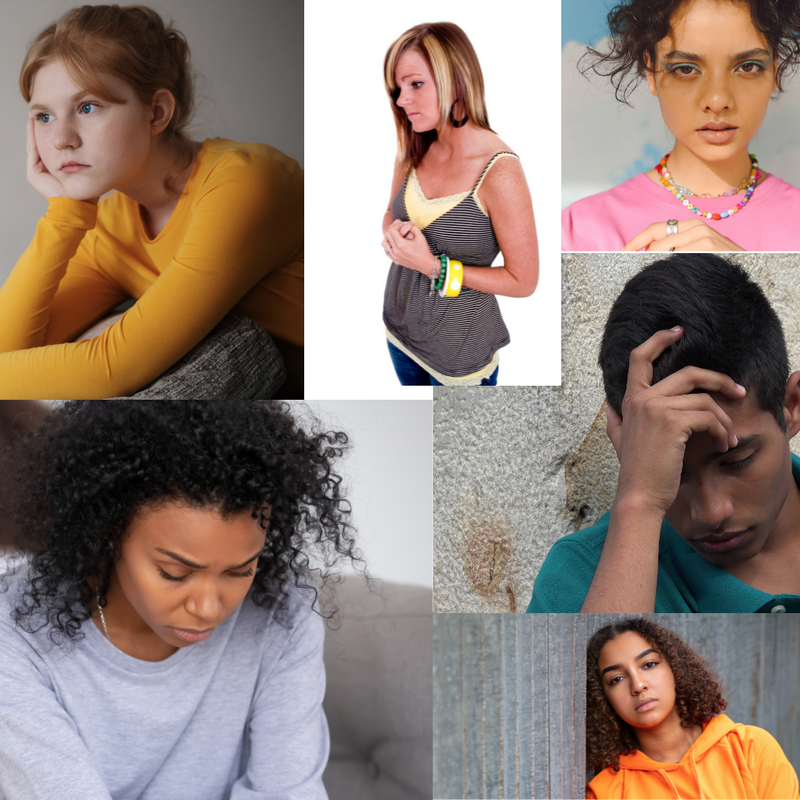
One eating disorder is anorexia nervosa, also known as anorexia.
Recognizing the signs and symptoms of anorexia can help you or a loved one get help before this disease disrupts your life and takes a toll on your physical health.
What is Anorexia?

People who develop anorexia restrict their diet and food intake so much that they become extremely underweight and malnourished.
Even though they're noticably too thin, they have a distorted body image and still think they're overweight.
They have an intense fear of gaining weight and go to extremes to consume very few calories.
Extreme Dieting

There are two subtypes of anorexia, both with extreme dieting/eating behaviors:
Restricting type, where a person tries to lose weight primarily by dieting, fasting, or exercizing excessively.
Binge/Purge type, where a person engages in binge eating and purging (such as vomiting or using laxatives) in addition to having restricting type symptoms.
Who Does It Affect?
Anyone can develop anorexia, but it most commonly affects:
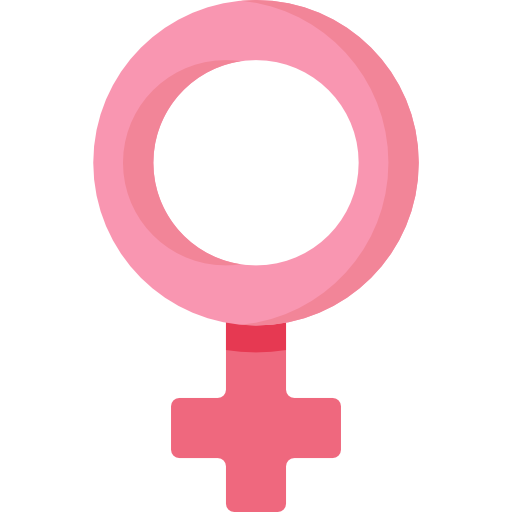 Females
Females
9 out of 10 people with anorexia are female.

Perfectionists
High achievers may develop irrational thoughts and believe that they would be better if only they were thinner.
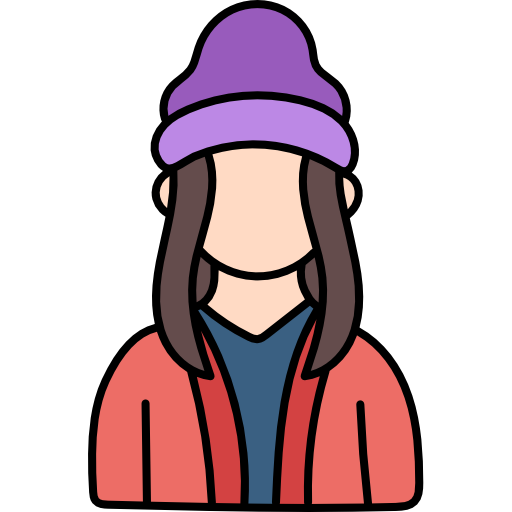 Adolescents & Young Adults
Adolescents & Young Adults
It tends to develop in the high school or college years.

Athletes & Performers
It may affect people in professions where low body weight is valued, like actors, dancers, models, wrestlers, and gymnasts.
Quiz: Who is more likely to develop anorexia?
Darnell

Darnell is 24 years old and recently completed community college. He has always been about 10 pounds overweight and wants to drop a few pounds. He works at a retail store and likes to play pickleball in his spare time.
Mara
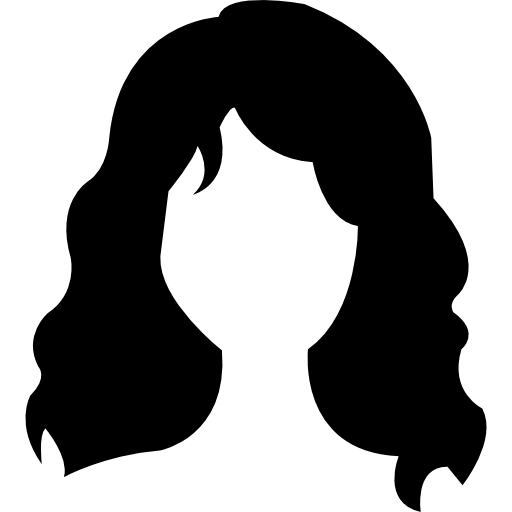
Mara is a 17 years old and aims to be the valedictorian of her class. She's taking AP classes so that she can get into pre-med in college. Mara is a class officer and a member of the math club and track team.
Quiz
Who is more likely to develop anorexia?
Worrisome Signs
 Photo by Soragrit Wongsa on Unsplash
Photo by Soragrit Wongsa on UnsplashGarth was just accepted into a professional dance academy, a life long dream! Garth's friends notice he looks quite thin these days. They also notice he:
✔️ Excuses himself from the cafeteria at lunchtime
✔️ Runs 5 miles a day in addition to his rigorous dance practice
✔️ Constantly checks the calorie count of his food intake on a phone app
✔️ Only eats salad at their regular Friday night pizza party
Garth's friends are worried that he may have anorexia.
Quiz
What other signs might indicate that Garth has anorexia? Select all that apply.
Symptoms of Anorexia Nervosa
As shown in the chart below, anorexia takes a serious toll on a person's body.
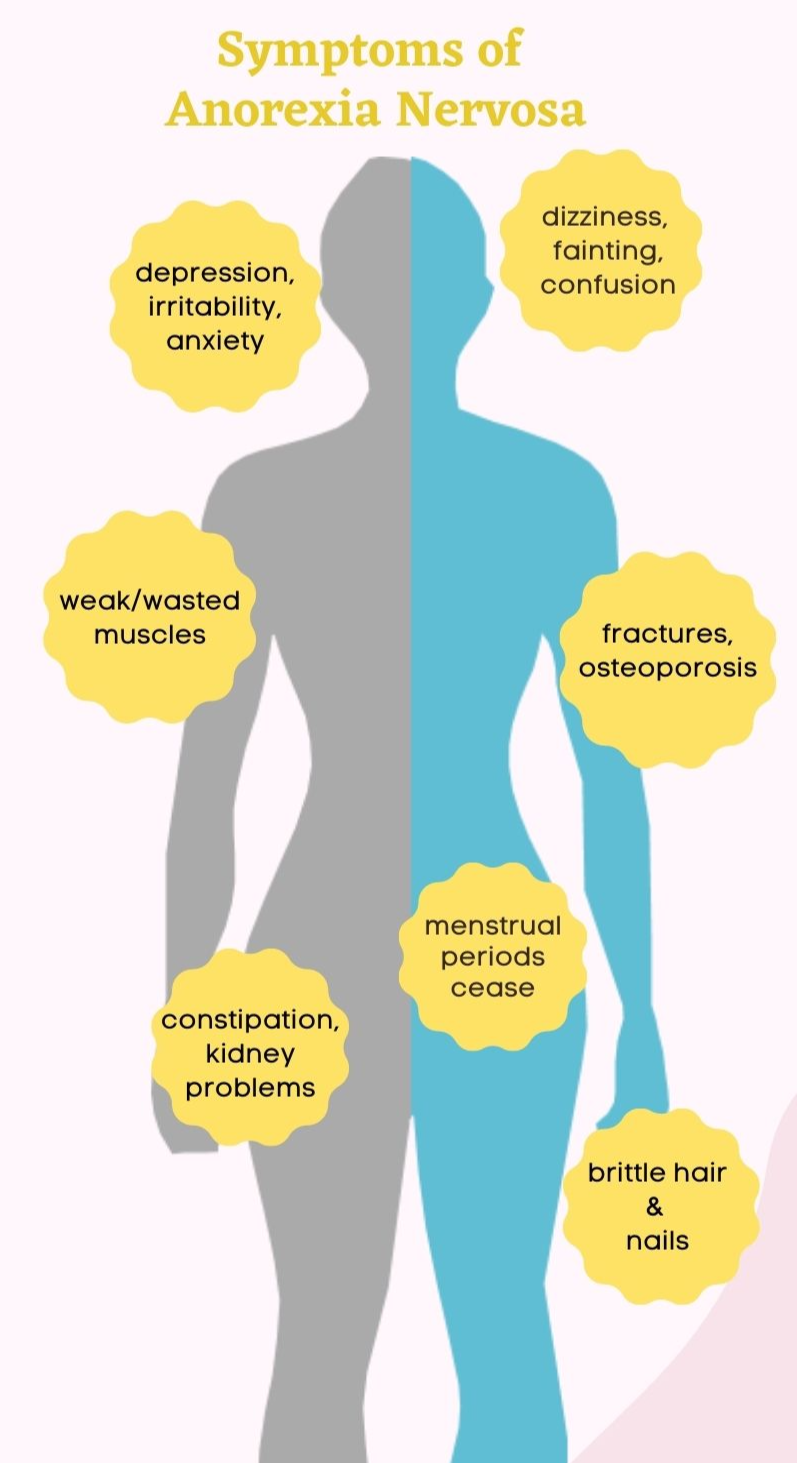
You can listen to a description of the chart by pressing the forward arrow.
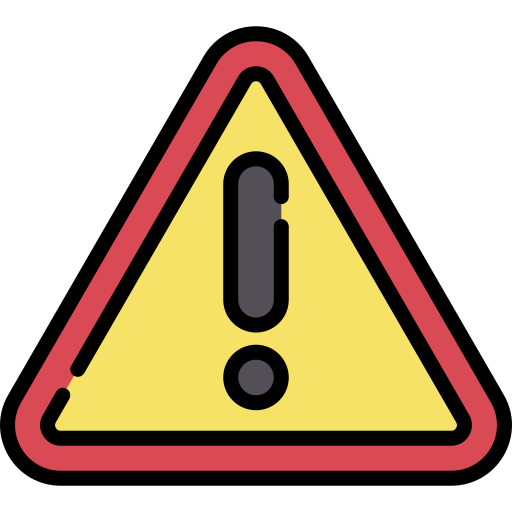
Anorexia can lead to death if not treated.
In fact, it has the highest death rate of any mental illness.
Take Action
Anorexia nervosa is a serious mental health condition that can severely affect a person's physical wellbeing.
If you or a loved one is suffering from this illness, or if you notice that someone you know has any of the signs and symptoms of anorexia nervosa, please reach out for help immediately.
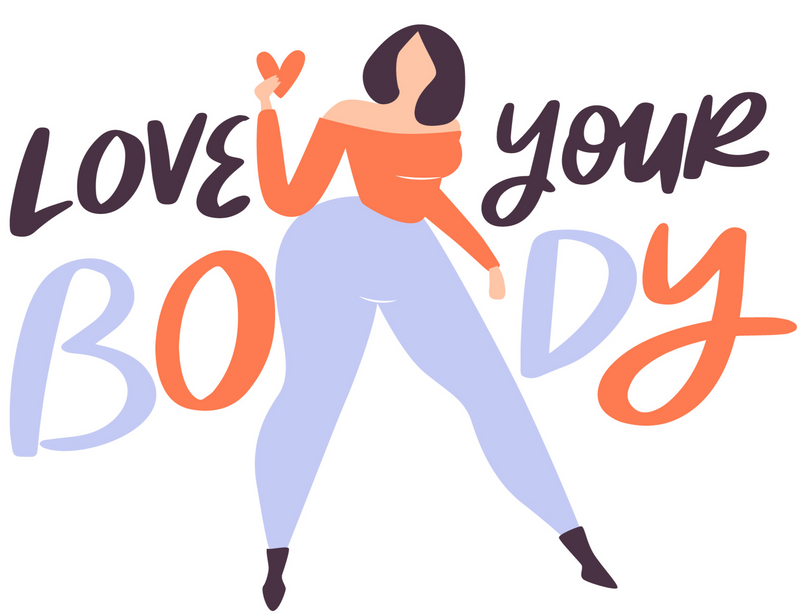
Your feedback matters to us.
This Byte helped me better understand the topic.
